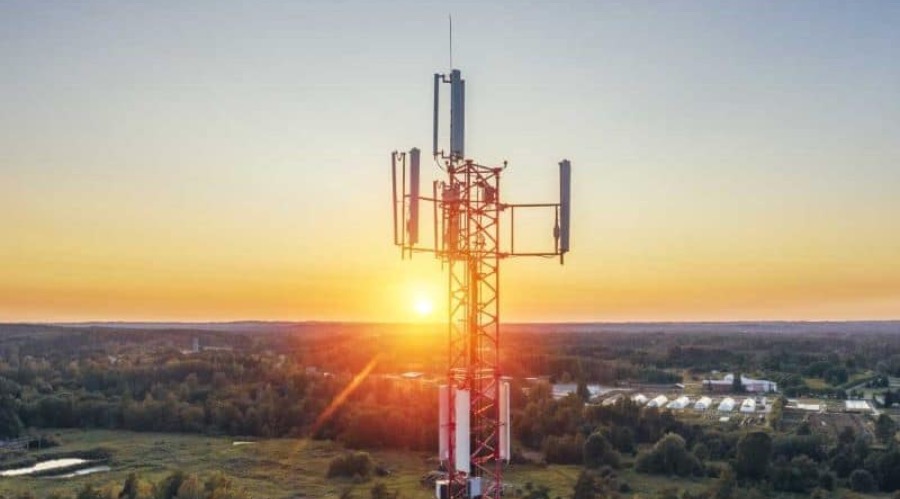
There’s a revolution taking place in the world of critical communications. More and more companies are switching from legacy two-way radio systems to push-to-talk over cellular (also known as PTToC, PTT and PoC) services.
Mobile Tornado’s PTToC platform has now been deployed in more than 30 countries worldwide with mobile network operators, government agencies and enterprises in Europe, the Middle East, Africa and the Americas.
There are many factors driving this growth.
Enhanced Network Infrastructure
Rapid expansion of mobile coverage means that around 95% of the world’s population now have access to a fast, reliable mobile broadband network.
As well as exposing the limitations of legacy radios, the growth in mobile network coverage and the expansion and improvement of 4G/LTE and later 5G networks has improved the performance of push-to-talk over cellular services and increased confidence in the technology.
Private networks are growing quickly too, especially in sectors like healthcare, energy and defence.
With availability of 99.999 per cent, voice transmission set-up of less than half a second and seamless switching between networks without dropped calls, Mobile Tornado’s technology is market leading.
Cost-effectiveness
This expansion of mobile networks means that PTToC is able to offer a cost-effective alternative to traditional two-way radio systems by eliminating the need for expensive and outdated radio networks and infrastructure.
Device agnostic
Many PTToC applications are device agnostic and designed to work across different platforms and devices, including smartphones, tablets, and ruggedized communication devices. This versatility increases the appeal of PoC for organisations with diverse device ecosystems.
The widespread adoption of smartphones and other mobile devices with internet connectivity is also making it easier for people to access and use PTToC applications.
Instant voice and multi-media communication
Push-to-talk technology allows for instant, one-to-one and one-to-many communication, reducing response times and improving coordination and operational efficiency. And PTToC isn’t just limited to voice calls, it also enables multimedia sharing like messaging, images and data sharing, as well as a host of other features. It is proving valuable for specific operational needs across a range of industries, including transportation, logistics, construction, utilities, energy, retail, public safety and security.
Enhanced features
As PoC technology evolves, new features are being added all the time. It has surpassed analogue communications in terms of advancements – making it versatile and valuable for businesses.
Features include location tracking, lone worker monitoring, SOS emergency alerts and device management to ensure optimum security. Mobile Tornado has recently launched an integrated workforce management and PTToC feature.
Push-to-talk over cellular is not just for critical communications. It also helps organisations to manage their workforces more effectively, increases safety, boosts productivity and improves efficiencies in their organisations.
Improved security
Service providers and manufacturers have worked on enhancing the security of PTToC to ensure private and sensitive communications remain protected from unauthorized access. Mobile device management (MDM) enables device functionality to be controlled, configured and limited, according to needs.
User expectations
Nowadays, consumers have strong expectations about mobile technology and device functionality. They expect a range of features on a single device so they do not need to switch from one device to another, when their needs change. PTToC application depending on what they need it to do.